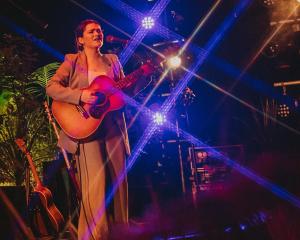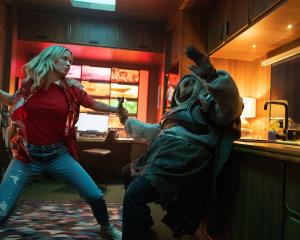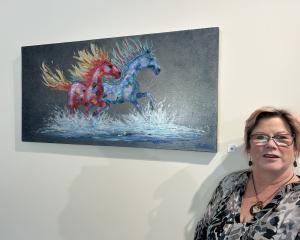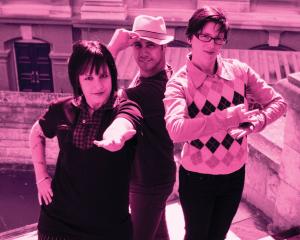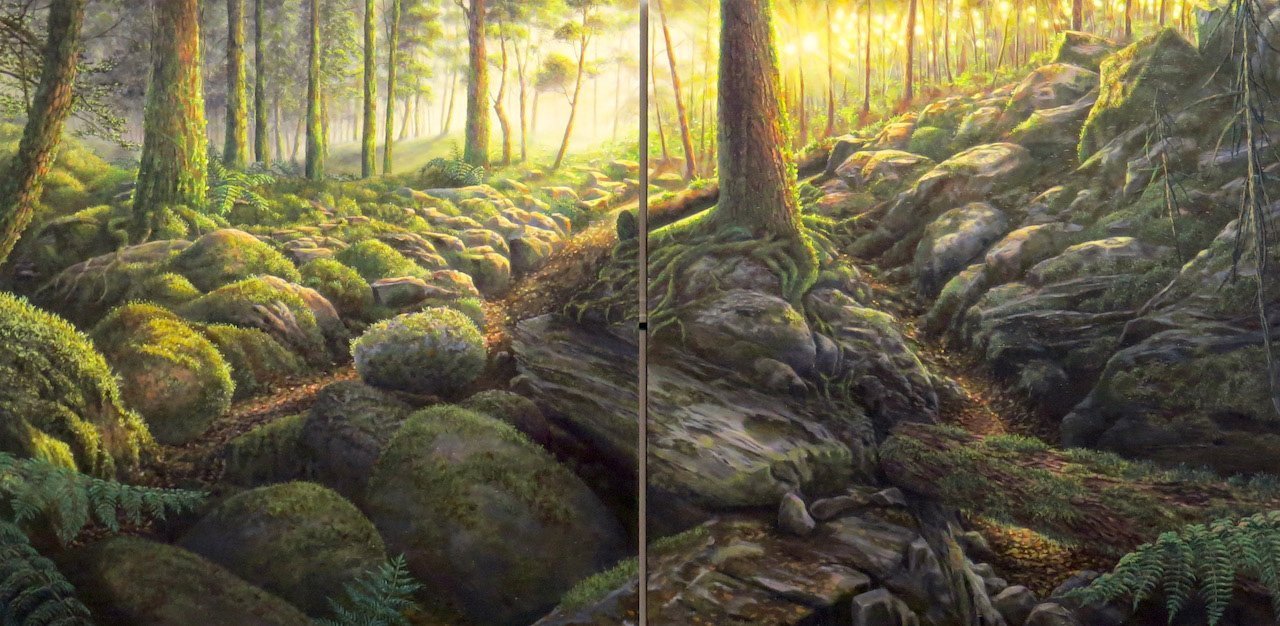
(Moray Gallery)
"In the Heart of the Forest" presents a short series of reflective acrylic paintings by Sarah Freiburger.
There is no hidden agenda: Freiburger paints the forest for the sheer love of immersion in the green depths. They are, in her words, "for me and for you, the viewer, to enjoy and get lost in". And that is all that the paintings really need.
The images are ostensibly realistic, but surrounded by a gentle haze of silvery light, or warm in the lush golds of early evening. The scenes are depicted with a meticulousness perhaps most evident in the smallest work on show, Deep in the Woods, which while not quite a miniature has the same reverence to detail.
The use of light is expertly handled, producing a sense of depth and airiness, while simultaneously adding a sheen to the scenes which lifts them away from the purely photographic. Trees vanish into the mist, leaving us stranded but content in the glades of the forest. Shafts of light catch dust in their paths between the leaves and branches.
If anything, the scenes become too perfect, moving beyond realism to a more magical approach. But that is in keeping with the artist’s intention, to produce "a calm moment" or evoke "that awe factor [felt] when being surrounded by trees."
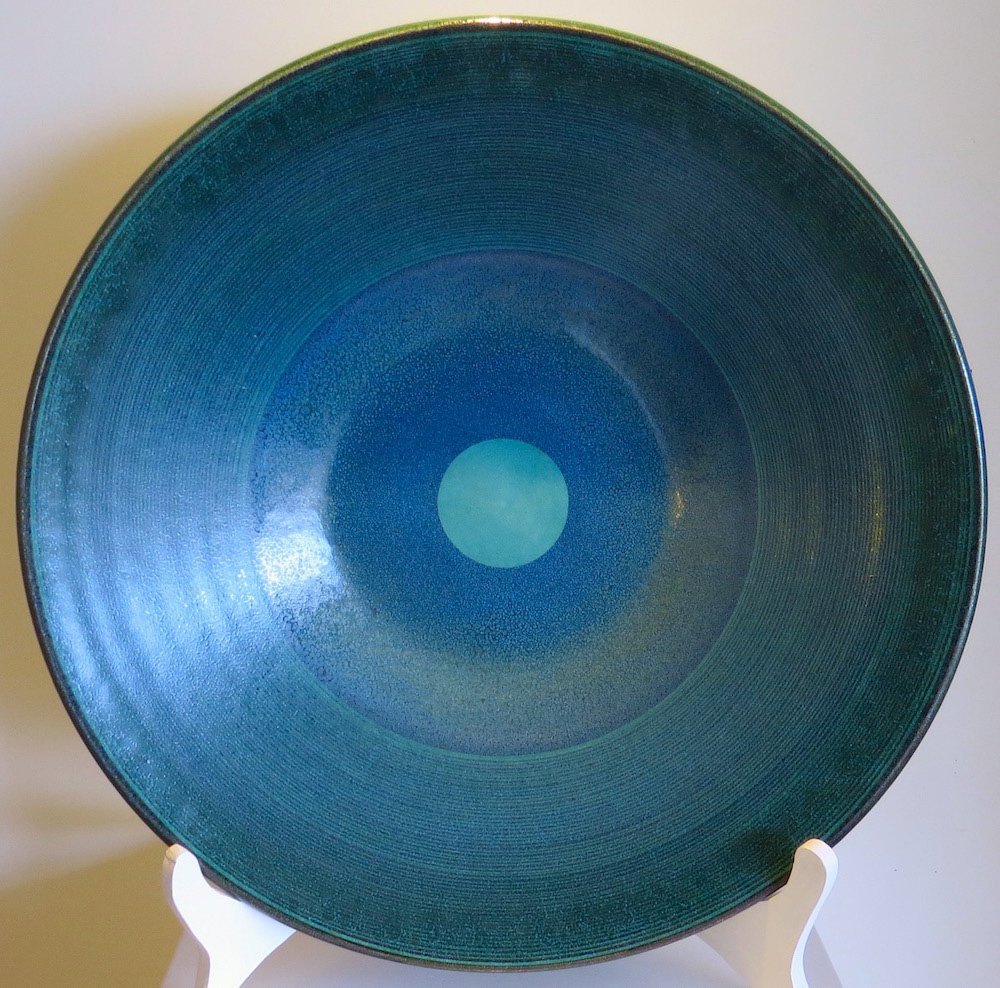
(Koru Gallery)
Jengis Poor presents an exhibition of ceramics which is really two interwoven series of works.
In Series 1, earthenware bowls are displayed, each a rich, creamy white decorated in stark black with the image of a famous face, surrounded by black strands containing words from those icons’ creations. The celebrities are an unlikely selection, ranging from
Friedrich Nietzsche to Taylor Swift by way of Van Morrison, and including two local notables, poet James K. Baxter and musician Nadia Reid. The pure black on creamy base gives the impression of woodblock or stencil work.
Alongside these stark yet impressive works is Series 2, bowls in subtle, shifting blues and greens, the result of experiments with copper glaze. The finish is dappled by the chemical, leaving a surface which seems to blossom. Accompanying this second series is a group of small-lidded vessels, cylindrical boxes with the same gentle cupric patination.
While both series are impressive, special note must be made of the dimensions of the vessels. The bowls, hand-thrown and hand-decorated, are of a significant size given the processes involved. These pieces are of a substantial nature, ranging up to almost 50cm in diameter.
Considerable technical skill is required to produce items of this size, a skill which is commensurate with the attractiveness of the designs.
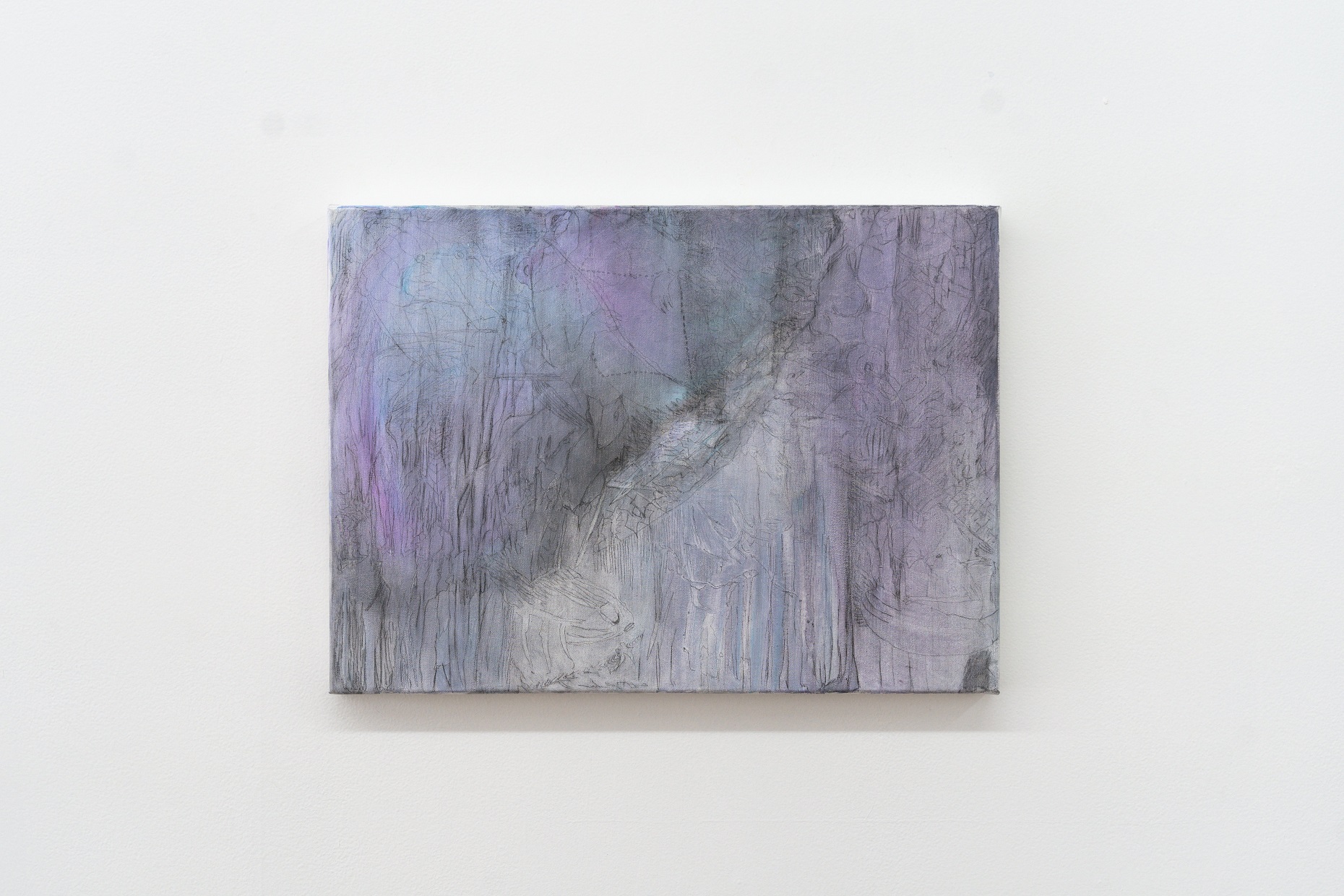
(Blue Oyster Art Project Space)
Songwriters Alan and Marilyn Bergman once compared thoughts and memories to "a circle in a spiral, like a wheel within a wheel". A similar metaphor, albeit in visual form, lies at the heart of Whorl at Blue Oyster.
Stacy Cooper’s and Ava Trevella’s graphic works and installations explore the perception of objects and experiences as seen through multiple overlaid memories gathered over a lifetime.
The artists ask us to examine the way our surroundings shape our lives and vice versa, our bodies and minds conforming like snails to the shells of experience we constantly carry with us. When we see a chair, the image of the chair we perceive is tainted by our memories and knowledge of all the chairs we have ever known. When we return repeatedly to the same room, our experience of it is bound up with the totality of our history with that room. Our memories circle and spiral, forming fingerprint-like whorls in our brains.
The two artists explore these concepts in different yet complementary ways. Cooper presents "ghost furniture", hanging forms which have the bare essence of chairs and tables. Around these are Trevella’s works in ink, graphite, and acrylic. These pieces are palimpsest-like with repeated, subtly different memory traces shifting and blurring to reveal unexpected subconscious depths.
By James Dignan

